Have a question?


Updated September 19, 2023
Dreaming of wandering cobblestoned streets, standing amongst history, and filling up on Spanish delicacies? Then you must be dreaming of Valencia. So, waste no time, check out these 13 fabulous things to do in Valencia.
There are a number of beautiful squares around Valencia, particularly dotting Old Town, but Plaza de la Reina, or Queen’s Square, is possibly the most picturesque. Visiting the Old Town sections of cities across Spain is often one of the best ways to start your visit. This is a fairly touristy spot but it is still a nice place to start to get a vibe for the city, grab a coffee or a glass of wine, and watch the city pass by. It’s also very near the cathedral, so if that’s on your itinerary, plan to combine the two.
Walking tours are a great way to get a lot in when you first arrive in a city and to orient yourself before deciding what you want to go back to and spend more time seeing. They’re also such good value for people traveling on a budget (do remember though your guide is working for tips so if you thought they did a good job, make sure to give them a tip at the end!).
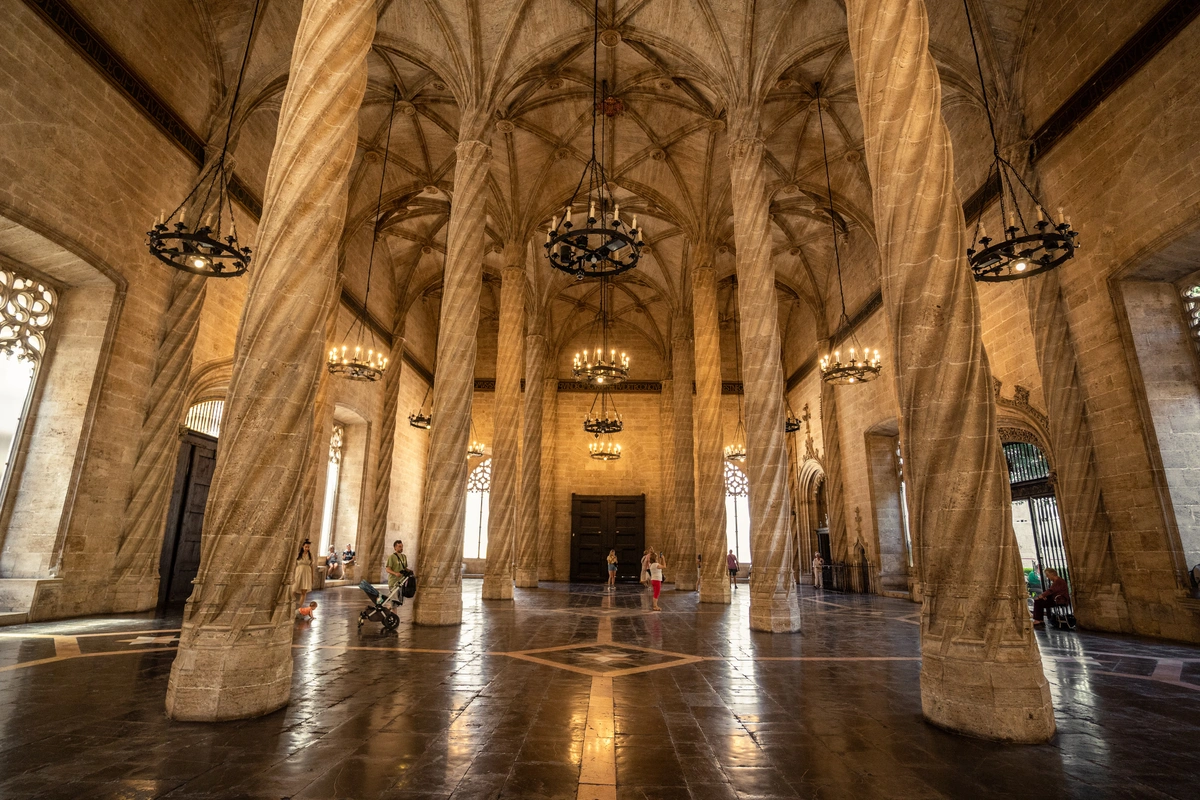
Now recognized by UNESCO as a world heritage site–one of many included among the best things to do in Spain, the Llotja de la Seda (Silk Exchange) was constructed in the 1400s, during a time when Valencia was booming. This fortress-like building, which shows off the Valencian Gothic style of architecture, was one end of the silk road, and it was in fact one of the most high-end spots where silk was sold in Europe. You can wander the garden filled to the brim with orange trees, and gawk at the solid stone pillars or intricately designed gold ceiling.
While tickets are quite affordable, entry is free on Sundays. An audio guide explaining both the history and the design is a great addition to your visit.
One of the most well-known festivals in Spain, La Tomatina takes place in August. It’s actually not in the city of Valencia but in the small town of Buñol which is in the Valencia region. La Tomatina is a chaotic festival that entails throwing tomatoes at all the other participants for about an hour before the entire city (and any participant who wants a free shower) gets hosed down by giant fire hoses.
Since 2013 the number of attendees has been limited so you will need to get a ticket in advance. Since it’s such a popular event and there are lots of logistics involved, like how to get in and out and where to stay.
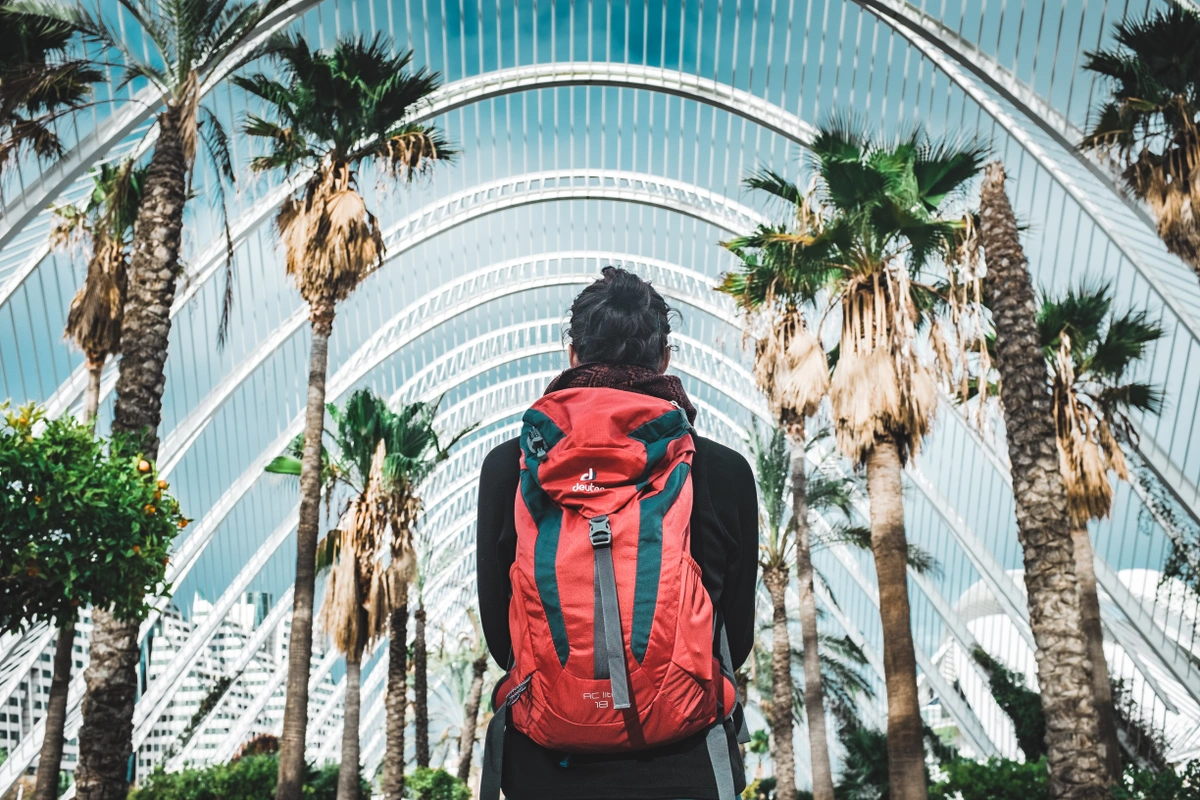
Aptly named a city, this complex is made up of six unique areas all making up one of the best spots to visit in Spain: An opera house, planetarium, garden, science museum, aquarium, and events venue. While you can choose one space to enjoy for a day, the best advice is to give yourself two or three days to enjoy it all. Of course where you prioritize your time depends greatly on what you are most interested in.
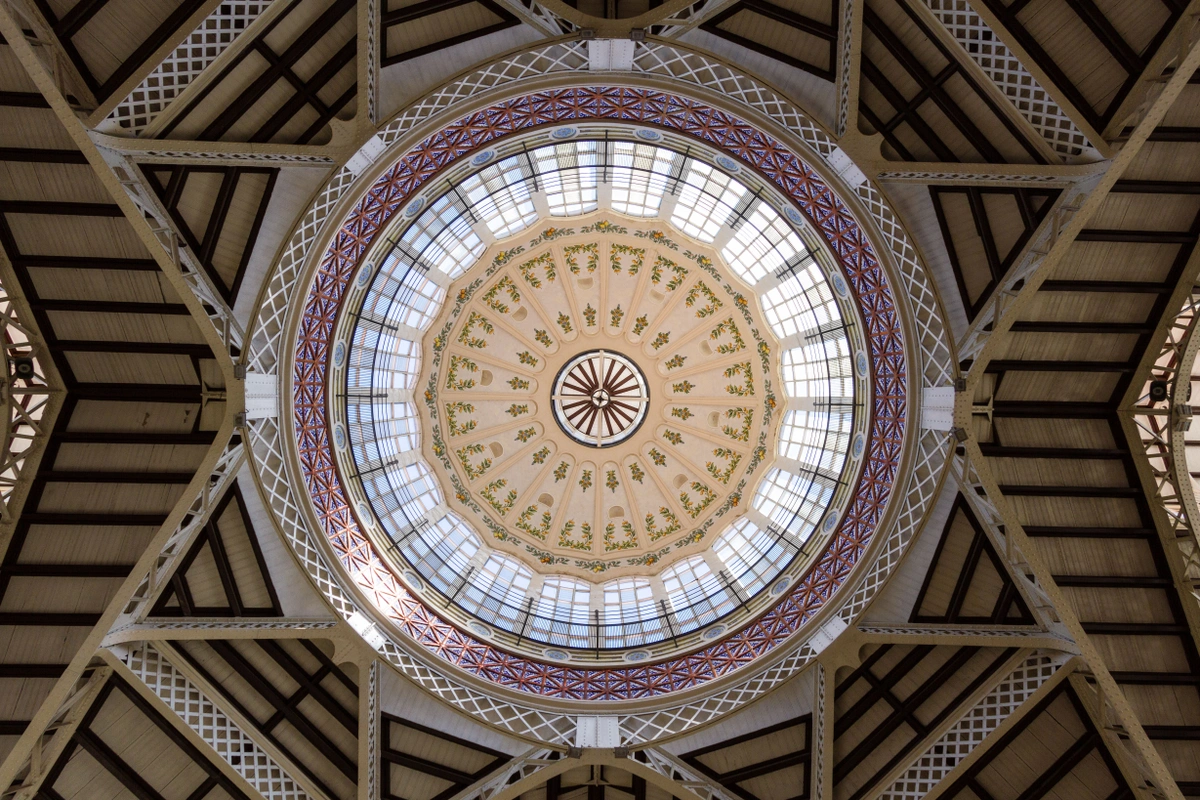
If you have access to a kitchen while you’re in town, the central market is a great place to pick up some goods to cook for dinner. But even if you have no intention of cooking while on vacation, stop by the market for the sights and smells of all sorts of local food–from meat to fish to fruits, veggies, and wine. There are also lots of prepared dishes so even if you don’t have a kitchen, you can pick up some things for a picnic or grab a bite to snack on in a square in the sunshine.
In addition to the beautiful food, don’t forget to look up and around at the space you’re standing in–a gothic-style building, parts of which have been around for a thousand years or more but which was ultimately finished in the early 20th century.
The Micalet is the name of the bell tower at Valencia Cathedral, and though there are more than 200 steps to climb to reach the top, it’s a highly recommended to-do item for the amazing vistas you’ll get to enjoy from the top–which is one of the highest points in the city. The building itself has elements from a mix of periods: 14th-century windows and 16th-century walkways, for example. This cathedral is also home to what has been recognized by the Roman Catholic Church as the holy chalice used at the Last Supper.
Turia is the name of the river that runs through Valencia, but once upon a time, its waters took a different course. After being redirected to prevent flooding, there were areas of the dried-up riverbed that were not being utilized; this garden now inhabits some of those areas. It’s been transformed into a public park that you can enter for free during daytime hours. There are various bridges, statues, walkways, and fountains to spot as you wander these lungs of the city. And of course, a great deal of green space to enjoy on a sunny day. And if you want to make sure to have plenty of those during your visit make sure to check advice on the best time to visit for the weather!
If you fancy a bit of exercise or just a faster way to see more of the city without using any sort of transport, why not hop on a bike? Valencia has an impressive amount of cycle lanes which will keep you out of the way of car traffic.
Many of the other must-sees on this list are in and around the old town (the silk market, the cathedral, and the market–to name a few) but beyond these spots, you should include time in your itinerary to simply wander the area and see what else you can discover. A former Roman walled city, the old town is now a maze of picturesque cobblestone streets (many of which see few cars and all of which are dotted with cafes, squares, restaurants, and an array of clothing, many of them vintage, shops).
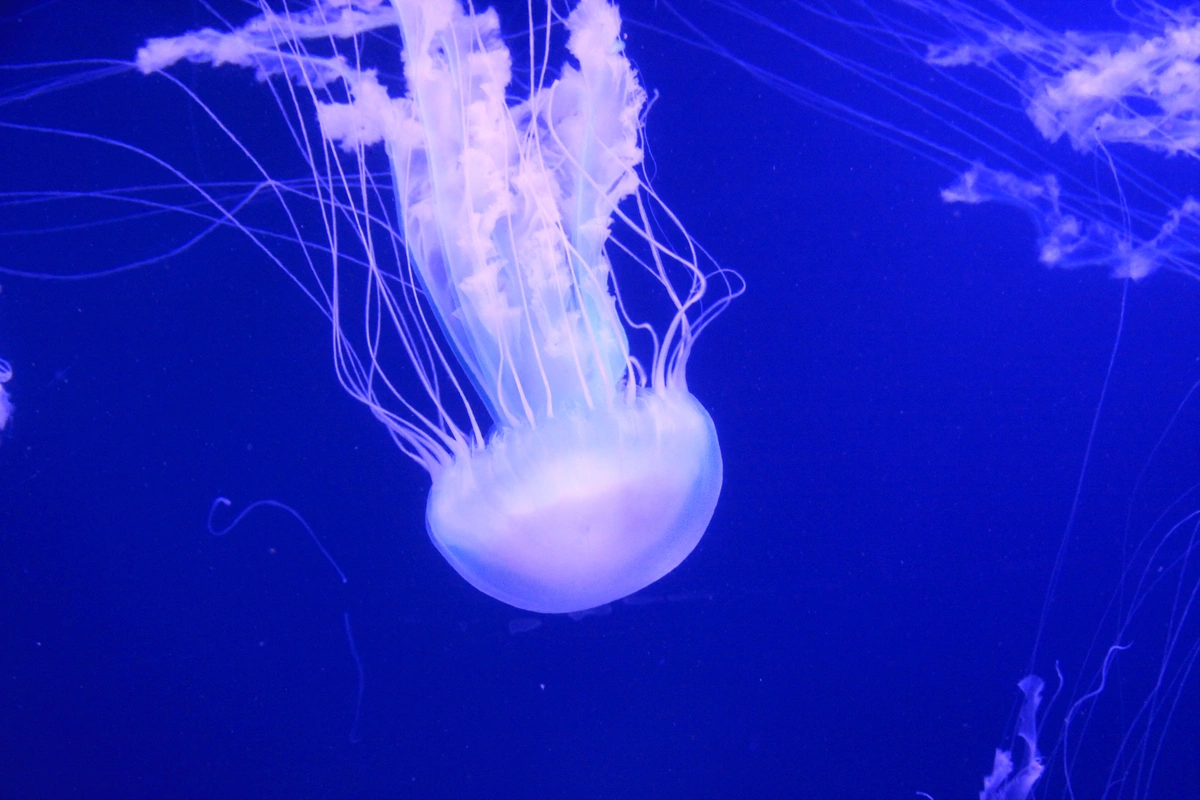
Located within the City of the Arts and Sciences, the Oceanogràfic is the largest aquarium in Europe. With a heavy focus on conservation and education, the Oceanogràfic offers a wide variety of 4D cinema shows, as well as the opportunity for families to “sleep with the sharks.” Of course, you can also pay a straightforward visit to the aquarium and see all the amazing animals across the 15 different habitats on site.
Bocadillo means sandwich in Spanish and Morcilla is a type of blood sausage. So a Bocadillo de Morcilla is a blood sausage sandwich. There may be variations in additional fillings based on where you go to sample yours. Those might be anything from onions to eggs. However it’s stuffed, this is a must-try for adventurous eaters.
While trying a blood sausage can sound like a great adventure to some, others might find a classic Valencian paella more appealing–and since the city is the home to the typical dish, trying it here is definitely one of the best things to do in Spain.
Built in the 14th century, these towers are some of the only remaining elements of what was once a full city wall, and are also the largest Gothic gates in Europe. You can visit and climb to the top of the structures and enjoy vistas across much of Valencia.
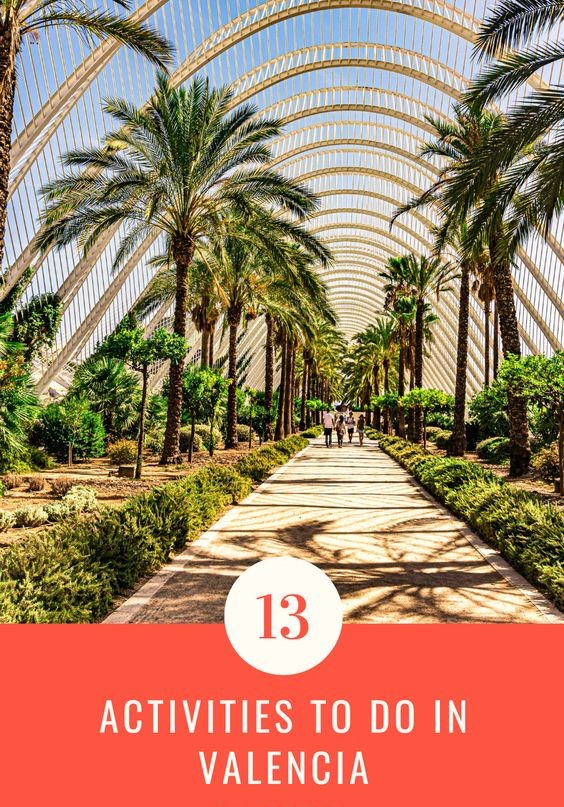
How should we contact you?
Call
Thank you! We'll get back to you as soon as possible!
Click to register and track your question!
If you would like to follow up with us:
+1 (855) 782-3006